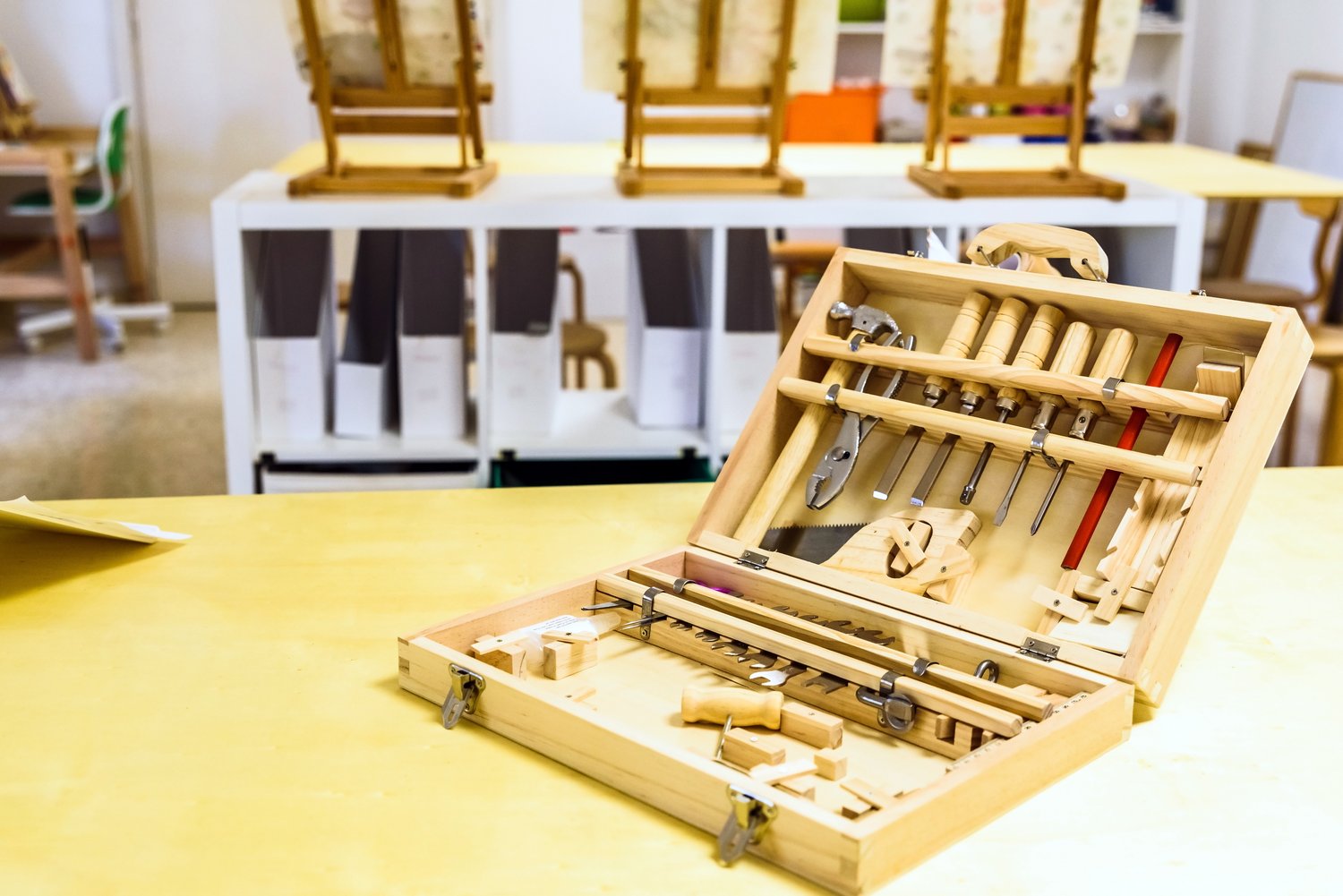Choosing the right woodworking tools for your project
Selecting appropriate woodworking tools is crucial for successful DIY projects. A basic toolkit should include a hammer, screwdrivers, and a tape measure. More specialized equipment like chisels, planes, and saws are essential for intricate work. Invest in quality tools to ensure longevity and precision. Consider your project requirements and skill level when purchasing. Woodworking tools https://onninen.pl/en/products/Tools-and-OHS/Woodworking-tools come in various types, each designed for specific tasks.
Maintaining your woodworking tools for optimal performance
Regular maintenance extends the life of your tools and improves their performance. Clean tools after each use to prevent rust and buildup. Sharpen blades and cutting edges periodically to maintain efficiency. Store tools in a dry environment to avoid moisture damage. Apply lubricant to moving parts to ensure smooth operation. Inspect tools before each use for signs of wear or damage. Proper care can increase tool lifespan by up to 50%.
Safety considerations when using woodworking tools
Safety should always be a top priority when working with woodworking tools. Wear appropriate personal protective equipment, including safety glasses and hearing protection. Ensure your workspace is well-lit and free from clutter. Disconnect power tools when changing blades or bits. Keep children and pets away from the work area. Never use tools while under the influence of alcohol or medications. Tools and OHS https://onninen.pl/en/products/Tools-and-OHS guidelines provide comprehensive safety information.
Upgrading your toolkit for advanced woodworking projects
As your skills improve, consider expanding your toolkit with advanced equipment. A router can create intricate designs and smooth edges. Jointers and planers help prepare wood for precise joinery. Invest in a quality table saw for accurate, repeatable cuts. Power sanders save time and effort on large surfaces. Consider specialty tools like biscuit joiners or dovetail jigs for specific techniques. Advanced tools can increase productivity by up to 30% on complex projects.
Choosing the right wood for your projects
Selecting appropriate wood is as important as having the right tools. Hardwoods like oak and maple are durable but challenging to work with. Softwoods such as pine are more forgiving for beginners. Consider the wood’s grain pattern and color for aesthetic appeal. Check for knots, warping, or other defects before purchasing. Properly acclimated wood reduces the risk of warping after project completion. Different wood species have varying costs, with exotic hardwoods often priced 200% higher than common varieties.
Organizing your woodworking workspace
An organized workspace enhances efficiency and safety. Install adequate lighting to reduce eye strain and improve accuracy. Use pegboards or tool cabinets to keep tools easily accessible. Implement a dust collection system to maintain a clean environment. Create dedicated areas for cutting, assembly, and finishing. Proper organization can reduce project completion time by up to 25%. Consider mobile workbenches for flexibility in small spaces.
Advancing your woodworking skills
Continuous learning is key to improving your woodworking abilities. Attend workshops or classes to learn new techniques. Watch online tutorials for specific project guidance. Practice regularly to refine your skills. Join woodworking clubs or forums to share knowledge and get advice. Experiment with different joinery methods to expand your repertoire. Set challenging goals, such as completing a complex project within six months, to motivate skill development.





